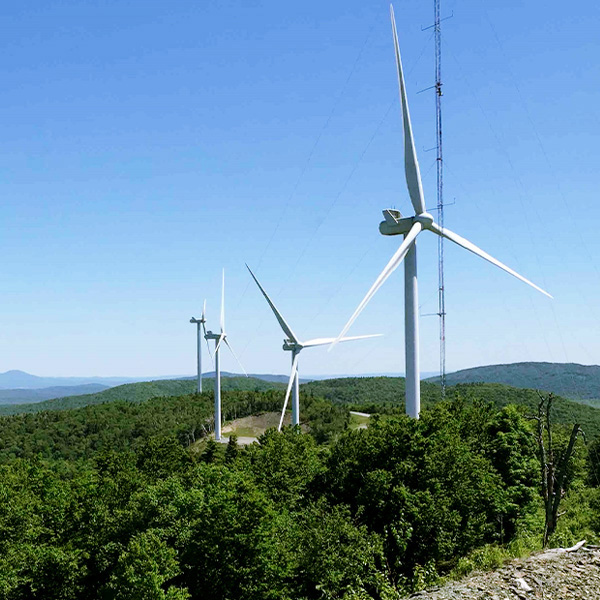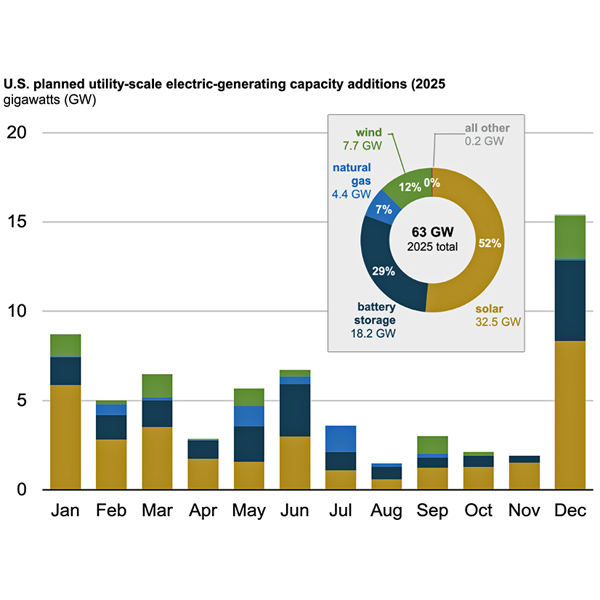Onshore Wind Power
RWE, which put a two-year pause on its U.S. offshore wind development efforts days after President Trump was re-elected, now is setting a higher bar for other renewables in the U.S. market.
GE Vernova’s gas turbine sales pipeline grew 39% and its onshore wind orders dropped 42% in the first quarter of 2025 amid sweeping changes in the U.S. energy landscape.
The Maine PUC is seeking feedback and indications of interest for a procurement of generation and transmission capacity to connect at least 1,200 MW of clean energy in Northern Maine to ISO-NE.
The current debate in the U.S. electricity sector pitting efforts to increase renewables against the need for grid reliability in the face of growing demand could be unnecessary and counterproductive, according to one expert.
An ACORE report says solar and wind can be deployed cheaply and quickly to meet the country’s rapidly escalating demand growth, while providing support for natural gas and nuclear plants.
Uncertainty around federal funding, permitting approvals and tariffs is creating major challenges for clean energy development in the Northeast, industry representatives said at NECA’s annual Renewable Energy Conference.
A record 49 GW of clean energy generation came online in 2024 in the U.S., nearly 33% more than in 2023, the American Clean Power Association reported.
While the majority of IRA tax credits and incentives have gone to develop clean energy projects in Republican districts and states, House leadership leans heavily toward fossil fuel-producing states,
The U.S. Energy Information Administration projects 2025 additions of 32.5 GW of solar, 18.2 GW of storage, 7.7 GW of wind, 4.4 GW of gas and 0.2 GW of all other forms of generation.
The Energy Association's 21st Annual State of the Energy Industry Forum reflected the quickly shifting landscape of national energy policy and the resulting shift in industry priorities and narratives.
Want more? Advanced Search










